
CLIPPERCREEK ELECTRIC VEHICLE CHARGING STATIONS
Quality, reliability and speed
Battery electric vehicles (BEVs) and plug-in hybrid vehicles (PHEVs) are becoming more and more common (to keep things simple here, let’s just call them all EVs). If you do not own or drive an EV already, chances are you will soon. However, charging them is a somewhat complicated subject that many people are still not familiar with.
Refueling an ICE (internal combustion engine) vehicle is quick and easy. Just drive to a gas station, pull up to a pump, choose the correct grade of fuel, and quickly fill up.
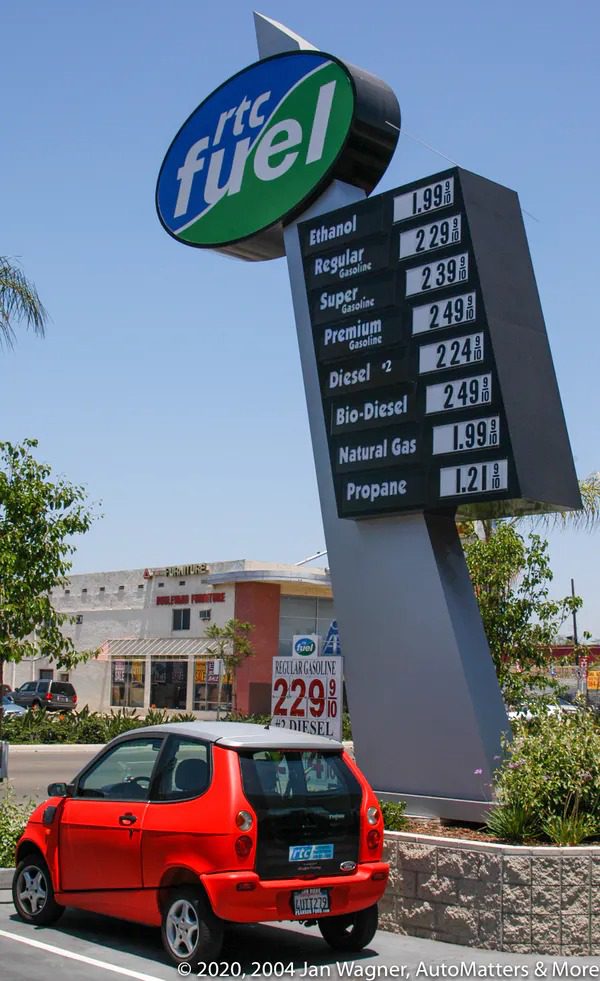
Charging an EV takes considerably longer than refueling an ICE vehicle, but depending upon your model of EV and the charging station you use, the rate of charging can vary significantly. Charging by plugging the portable charging station that may have been supplied with your EV into a standard 120V household outlet can take hours longer than charging by plugging in one of a variety of available 240V charging stations. How quickly those will charge your EV depends, in part, upon the charging station, the electrical circuit, the size of your EV’s battery, and the onboard charging equipment in your vehicle. In addition to commercial charging stations, you may also be able to charge EVs at home, at work, where you shop, and elsewhere.
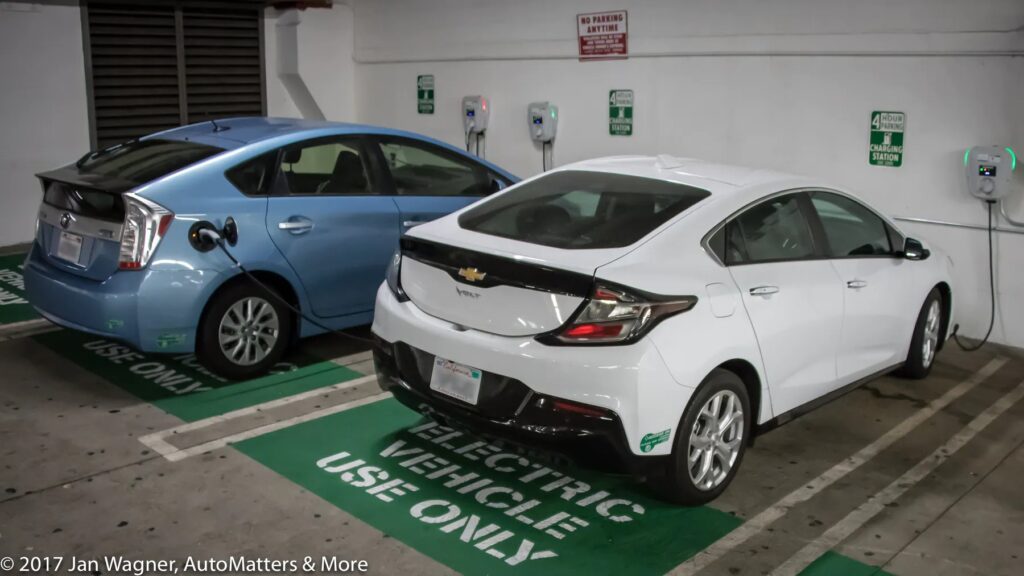
The plugs that connect to the various makes and models of EVs can and do vary significantly, and they must match your particular vehicle exactly.



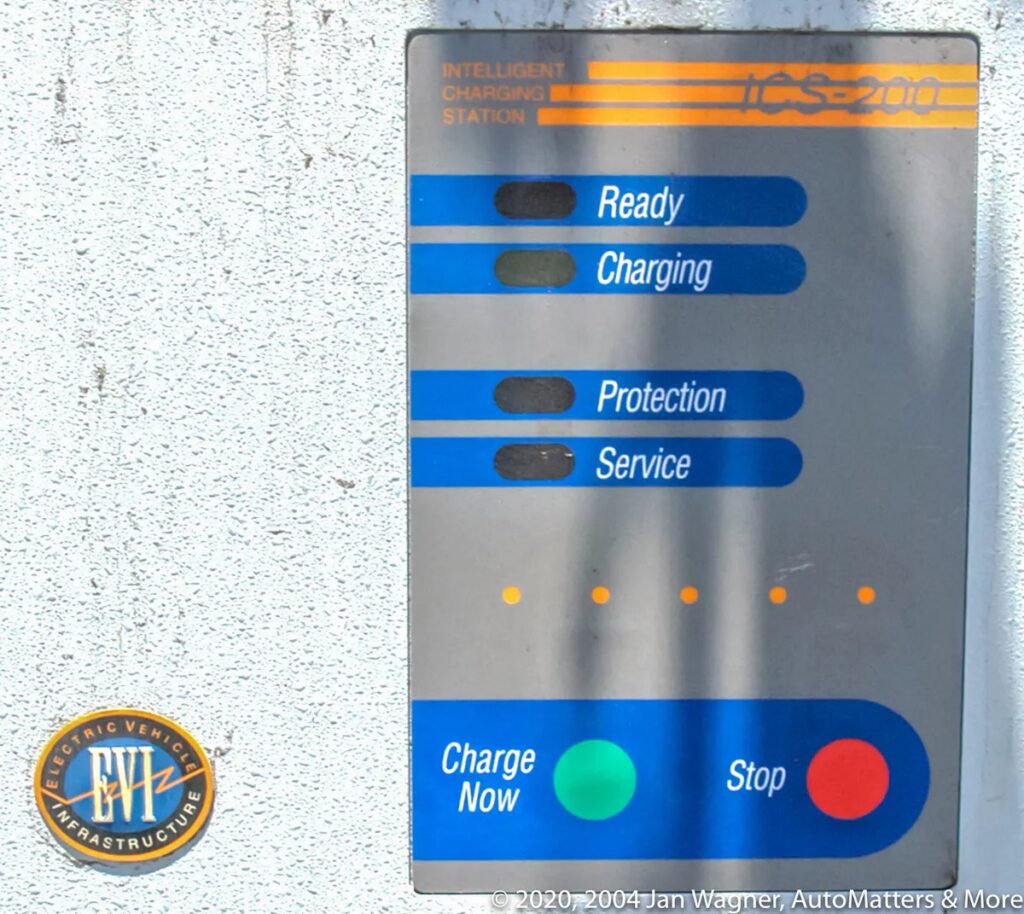
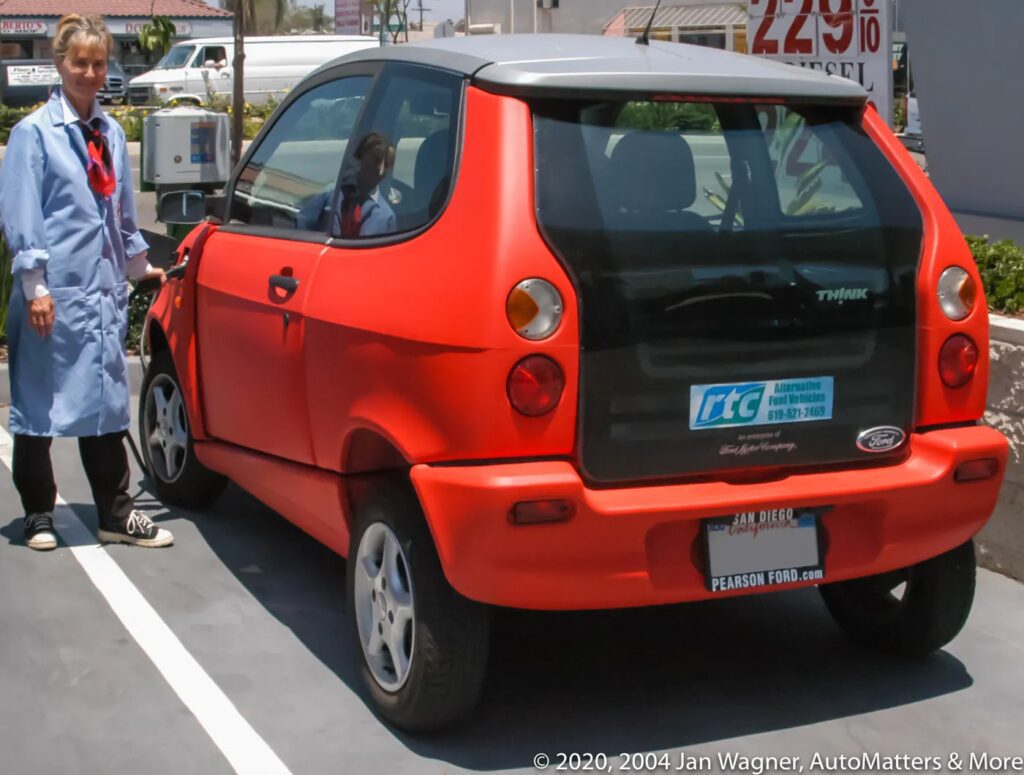

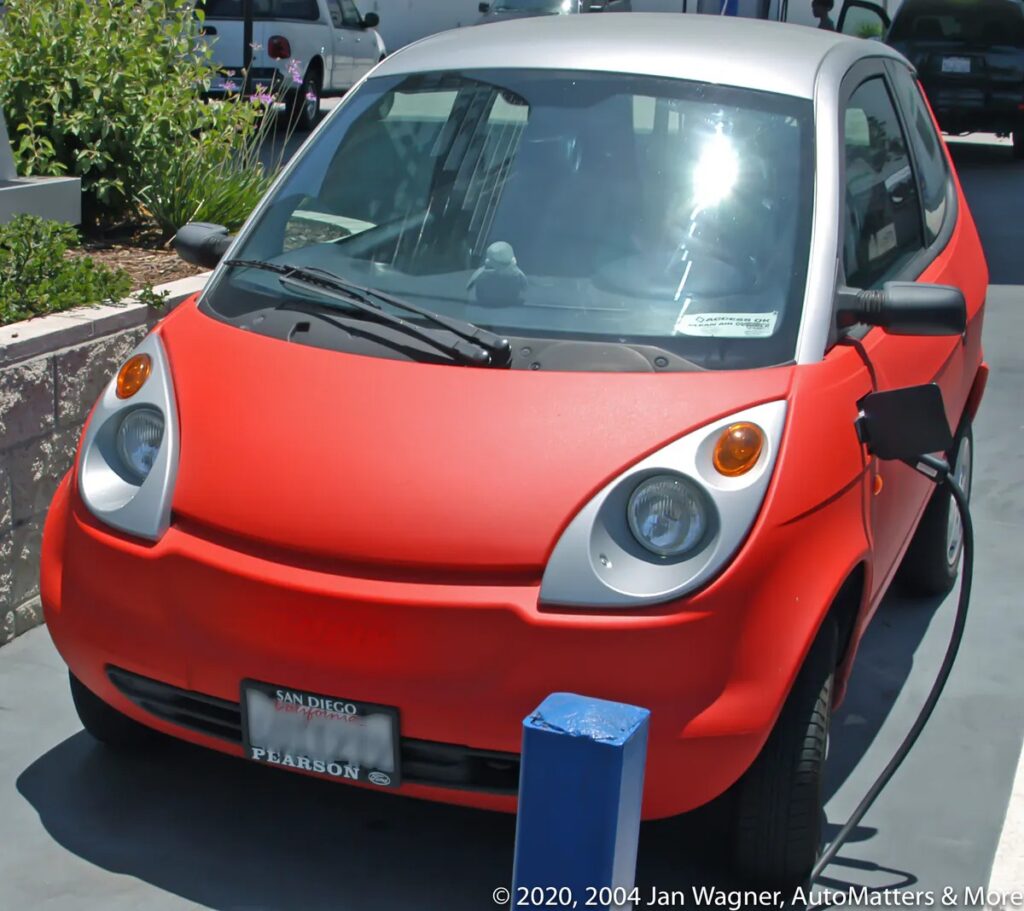

In the not-too-distant future, charging may be as simple as parking over a device that delivers electricity to your EV wirelessly, through the air, by inductive charging. However, that is still in its infancy.

Pricing of electricity for EVs varies widely. Some businesses offer free EV charging to attract customers. Some employers offer free charging for their employees. You might be able to charge your EV for free at home if you have solar panels. Imagine that – being able to drive for free! Rebates and tax incentives may be available for the charging stations.
The 120V portable charging station provided with my PHEV vehicle was too slow to deliver a full charge between when I started charging at midnight (initiated by my vehicle’s charging timer, to take advantage of the lowest electricity rates) and when I left home the next morning just before 9AM. To recharge more quickly at home I needed a 240V charging station, but Toyota does not offer one. Fortunately, I know someone who knows a lot about EVs. He recommended that I check out a company called ClipperCreek.
I checked them out by reading reviews of their charging stations and also of competing brands. I learned that ClipperCreek has a solid reputation for reliable charging stations and excellent customer service. To see for yourself, read some reviews. You can also give them a call at (877) 694-4194.
To learn more and then to pass that information along to you, I asked ClipperCreek if they would send me one of their charging stations to review. They agreed.
To make it easy to narrow down the choices for which of their many different models would work with specific models of EVs, the ClipperCreek website has a helpful selection tool at: www.clippercreek.com
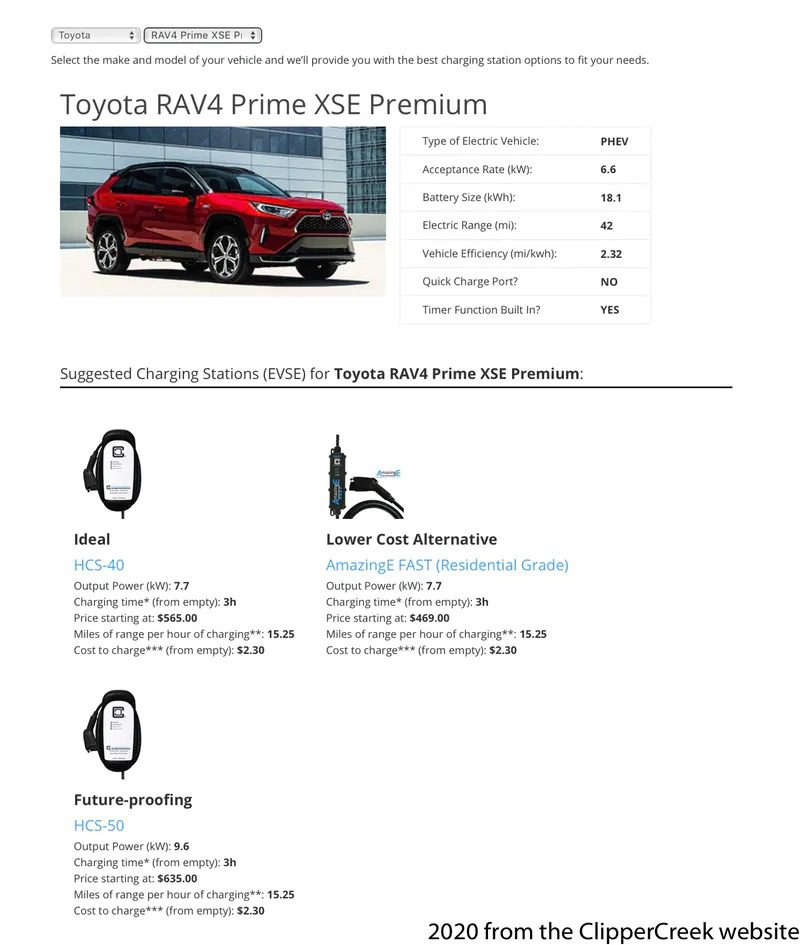
Simply choose your make and model of EV, and you will see a chart displaying key specifications of your EV, together with compatible charging station options – both from their ClipperCreek line of Made in America models…


… and their economical, residential-grade, more portable, AmazingE FAST charging stations.
For my 2021 Toyota RAV4 Prime XSE Premium (PHEV), the ClipperCreek selection tool recommended several different models. Rather than choose a hardwired version for installation inside my garage, I opted for their ClipperCreek model HCS-40P: plug-in, 32A, Level 2 EVSE, NEMA 14-50 plug, complete with a 25-foot cable.
It was well-packed and arrived in perfect condition.


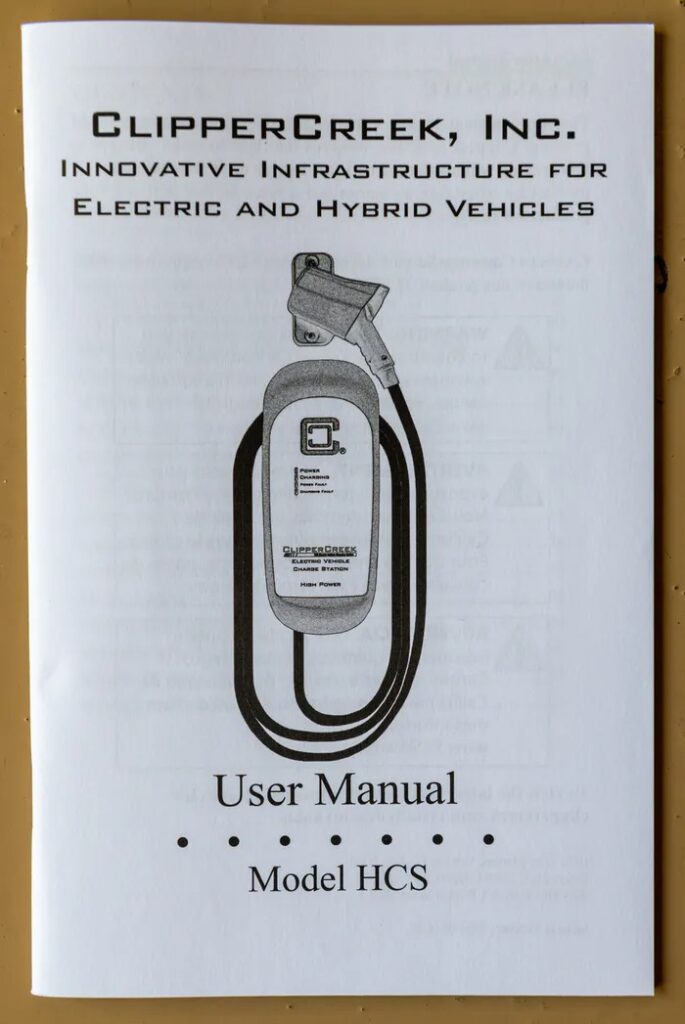
Installation was easy — just a matter of securely hanging the charging station and the charger holster on the wall using the supplied screws and washers…
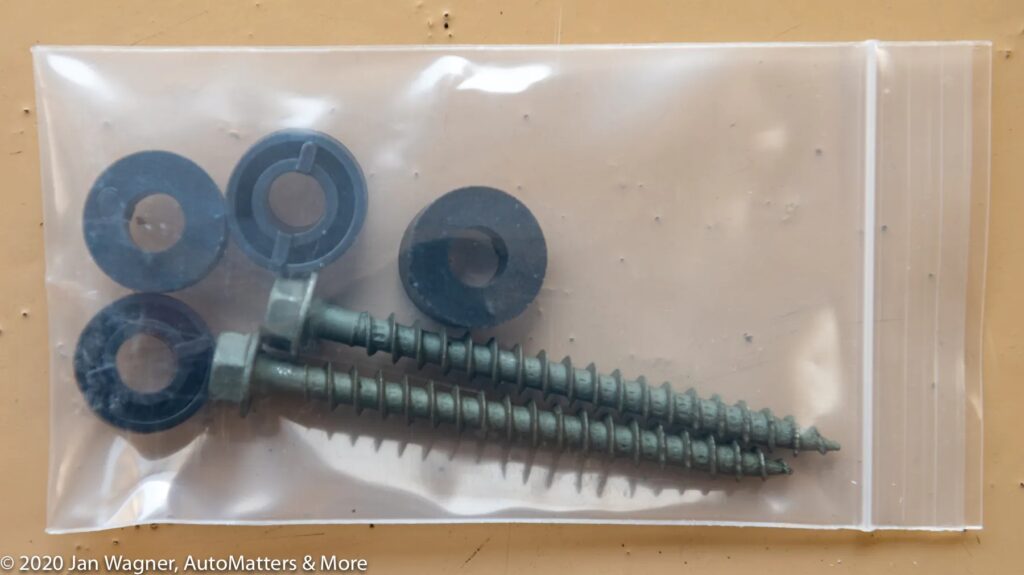
… and then plugging it into the NEMA 14-50 socket for my existing 240V circuit.
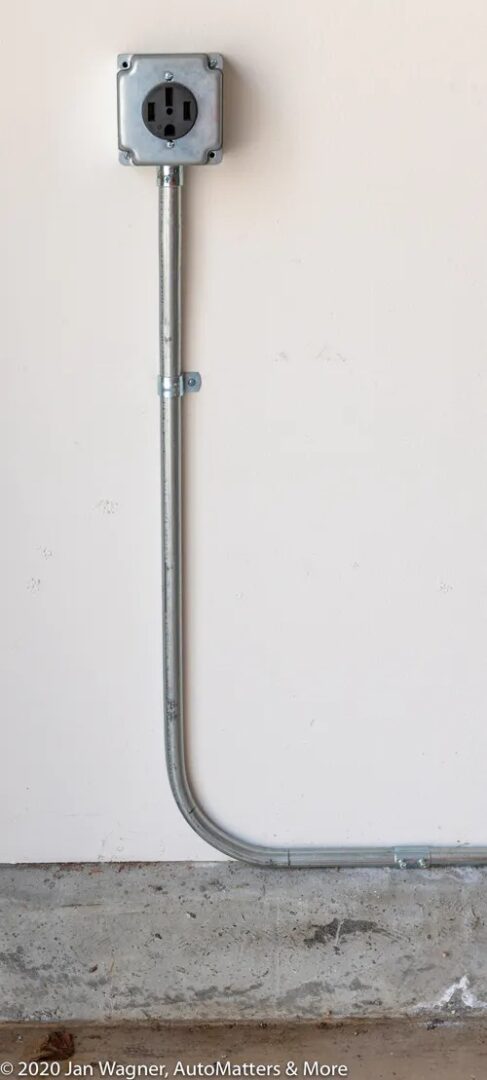
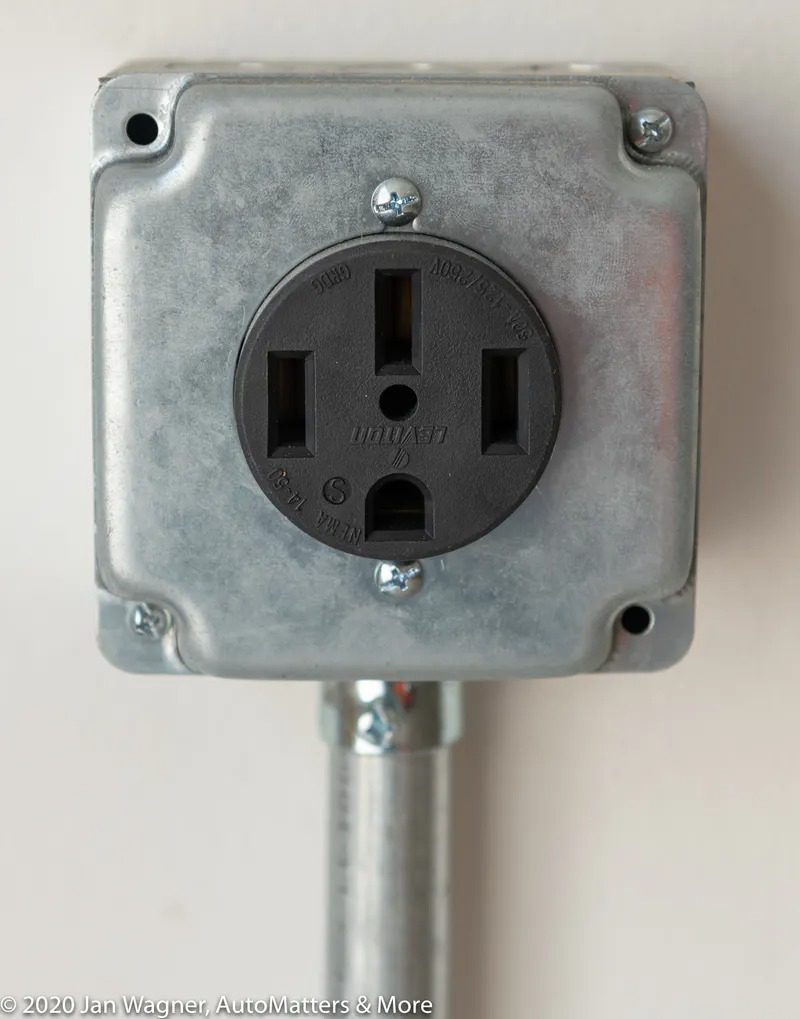
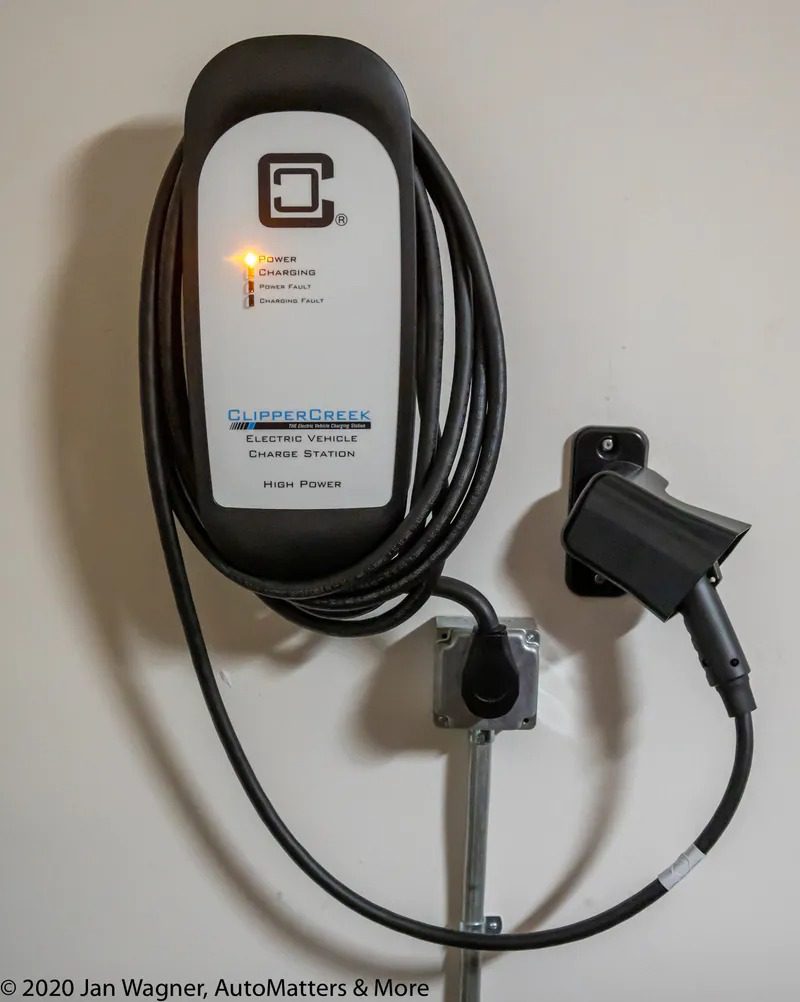
It worked perfectly. The cord easily wraps around the charging station when not in use.

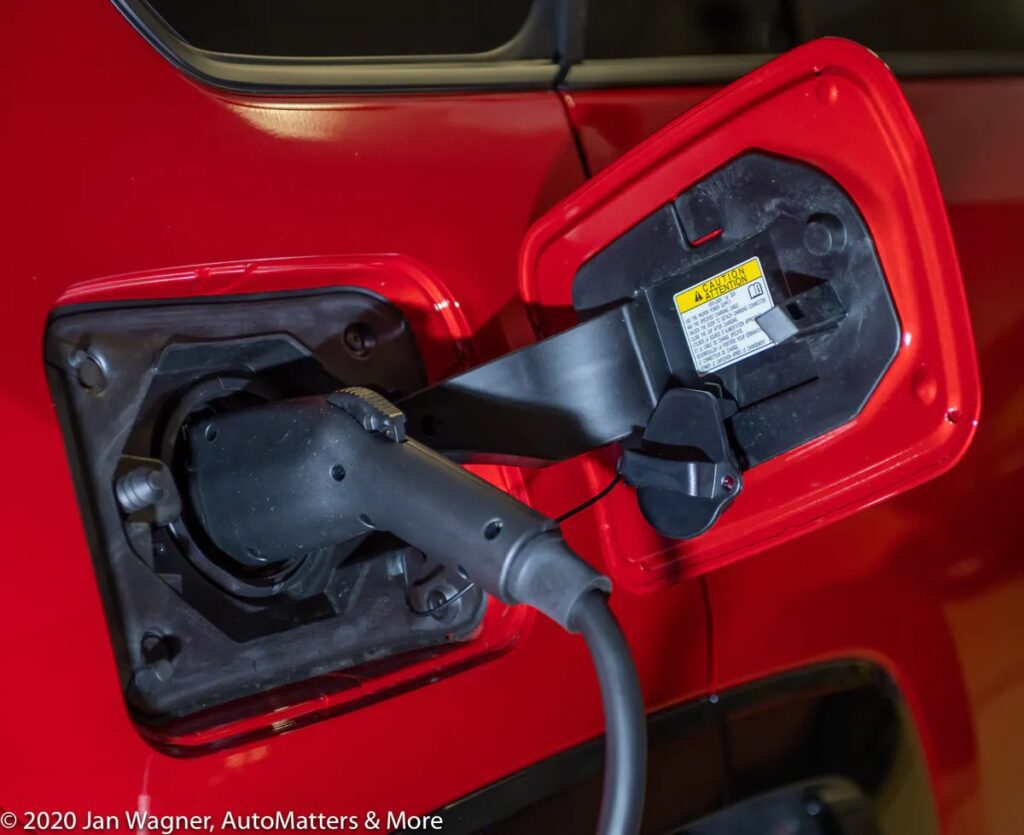

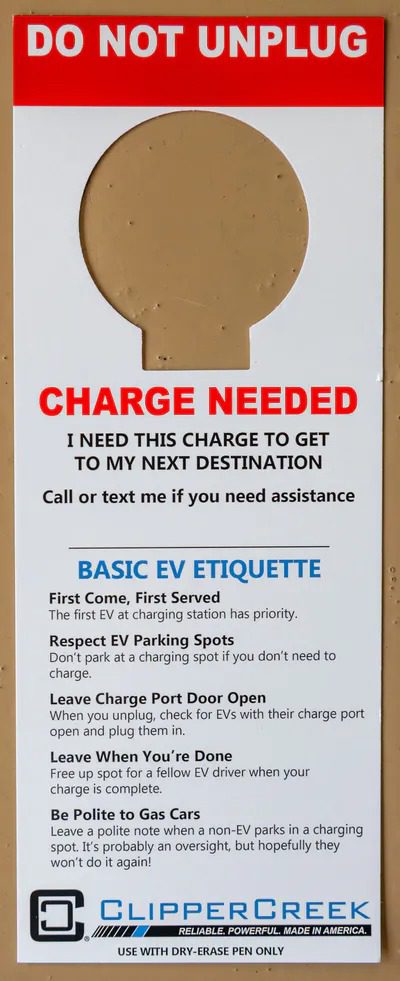

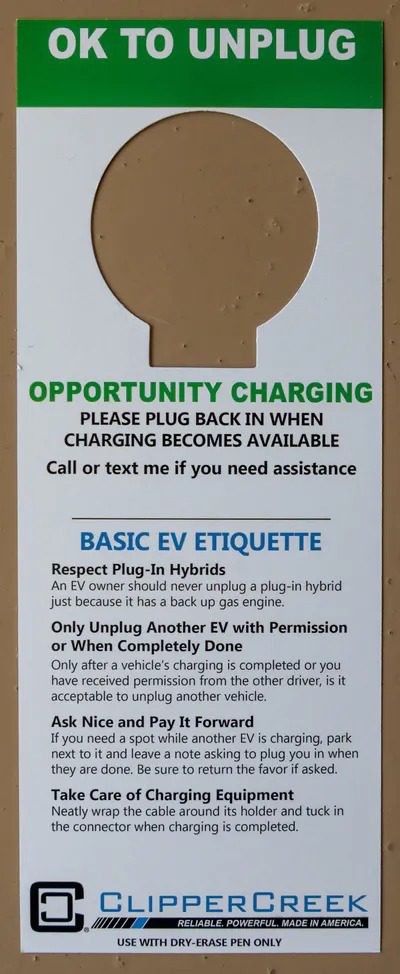
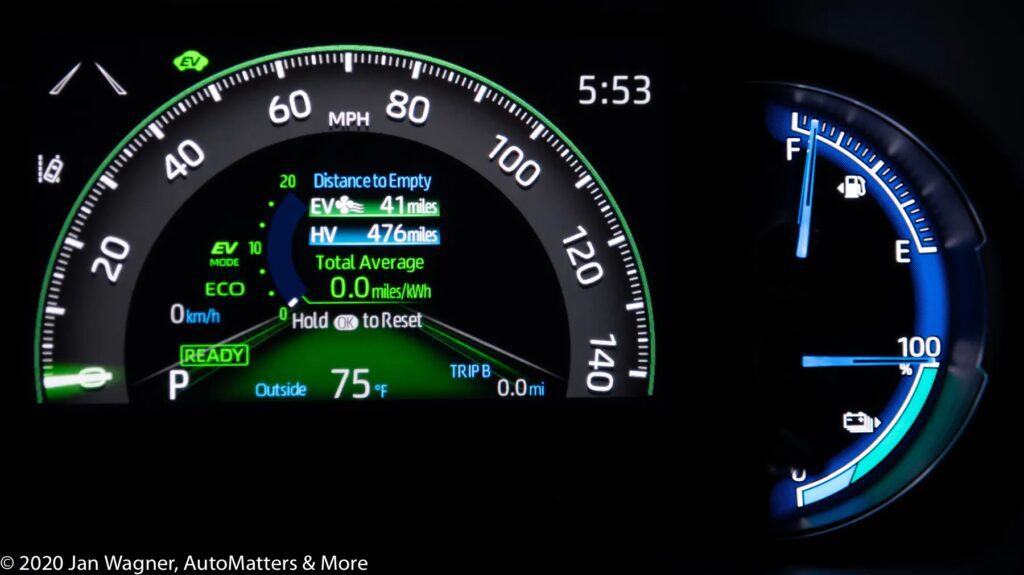
If you’d prefer to have your charging station professionally installed for you, ClipperCreek also has a tool on their website that will suggest an electrician for your area. Simply enter your address at www.clippercreek.com/installers/
COPYRIGHT © 2020 BY JAN WAGNER – AUTOMATTERS & MORE #660
